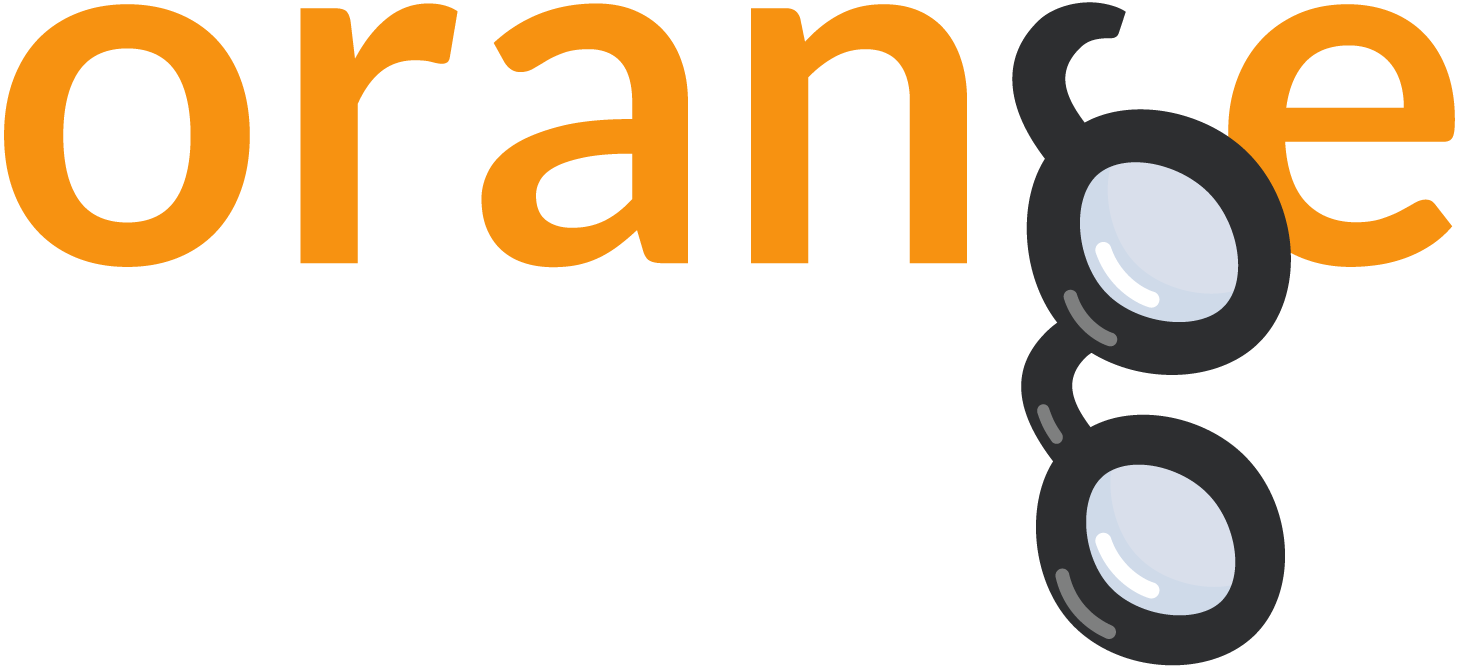Orange Blog
By: AJDA, Jun 10, 2016
Scripting with Time Variable
It’s always fun to play around with data. And since Orange can, as of a few months ago, read temporal data, we decided to parse some data we had and put it into Orange. TimeVariable is an extended class of continuous variable and it works with properly formated ISO standard datetime (Y-M-D h:m:s). Oftentimes our original data is not in the right format and needs to be edited first, so Orange can read it.
By: AJDA, Apr 14, 2016
Univariate GSoC Success
Google Summer of Code application period has come to an end. We’ve received 34 applications, some of which were of truly high quality. Now it’s upon us to select the top performing candidates, but before that we wanted to have an overlook of the candidate pool. We’ve gathered data from our Google Form application and gave it a quick view in Orange. First, we needed to preprocess the data a bit, since it came in a messy form of strings.
By: AJDA, Jan 29, 2016
Tips and Tricks for Data Preparation
Probably the most crucial step in your data analysis is purging and cleaning your data. Here are a couple of cool tricks that will make your data preparation a bit easier. Use a smart text editor. We can recommend Sublime Text as it an extremely versatile editor that supports a broad variety of programming languages and markups, but there are other great tools out there as well. One of the best things you’ll keep coming back to in your editor is ‘Replace’ function that allows you to replace specified values with different ones.
By: AJDA, Jan 22, 2016
Making Predictions
One of the cool things about being a data scientist is being able to predict. That is, predict before we know the actual outcome. I am not talking about verifying your favorite classification algorithm here, and I am not talking about cross-validation or classification accuracies or AUC or anything like that. I am talking about the good old prediction. This is where our very own Predictions widget comes to help.
By: AJDA, Jan 4, 2016
Orange YouTube Tutorials
It’s been a long time coming, but finally we’ve created out our first set of YouTube tutorials. In a series ‘Getting Started with Orange’ we will walk through our software step-by-step. You will learn how to create a workflow, load your data in different formats, visualize and explore the data. These tutorials are meant for complete beginners in both Orange and data mining and come with some handy tricks that will make using Orange very easy.
By: AJDA, Dec 11, 2015
Report is back! (and better than ever)
I’m sure you’d agree that reporting your findings when analyzing the data is crucial. Say you have a couple of interesting predictions that you’ve tested with several methods many times and you’d like to share that with the world. Here’s how. Save Graph just got company - a Report button! Report works in most widgets, apart from the very obvious ones that simply transmit or display the data (Python Scripting, Edit Domain, Image Viewer, Predictions…).
By: AJDA, Nov 27, 2015
Mining our own data
Recently we’ve made a short survey that was, upon Orange download, asking people how they found out about Orange, what was their data mining level and where do they work. The main purpose of this is to get a better insight into our user base and to figure out what is the profile of people interested in trying Orange. Here we have some preliminary results that we’ve managed to gather in the past three weeks or so.
By: AJDA, Oct 30, 2015
Ghostbusters
Ok, we’ve just recently stumbled across an interesting article on how to deal with non normal (non-Gaussian distributed) data. We have an absolutely paranormal data set of 20 persons with weight, height, paleness, vengefulness, habitation and age attributes (download). Let’s check the distribution in Distributions widget. Our first attribute is “Weight” and we see a little hump on the left. Otherwise the data would be normally distributed. Ok, so perhaps we have a few children in the data set.
By: AJDA, Oct 19, 2015
SQL for Orange
We bet you’ve always wanted to use your SQL data in Orange, but you might not be quite sure how to do it. Don’t worry, we’re coming to the rescue. The key to SQL files is installation of ‘psycopg2’ library in Python. WINDOWS Go to this website and download psycopg2 package. Once your .whl file has downloaded, go to the file directory and run command prompt. Enter “pip install [file name]” and run it.
By: AJDA, Sep 11, 2015
Hubbing with the Hub widget
So you have painted two data sets and loaded another one from a file, and now you are testing predictions of logistic regression, classification trees and SVM on it? Tired of having to reconnect the Paint data widget and the File widget back and forth whenever you switch between them? Say no more! Look no further! Here is the new Hub widget! Hub widget is the most versatile widget available so far.
